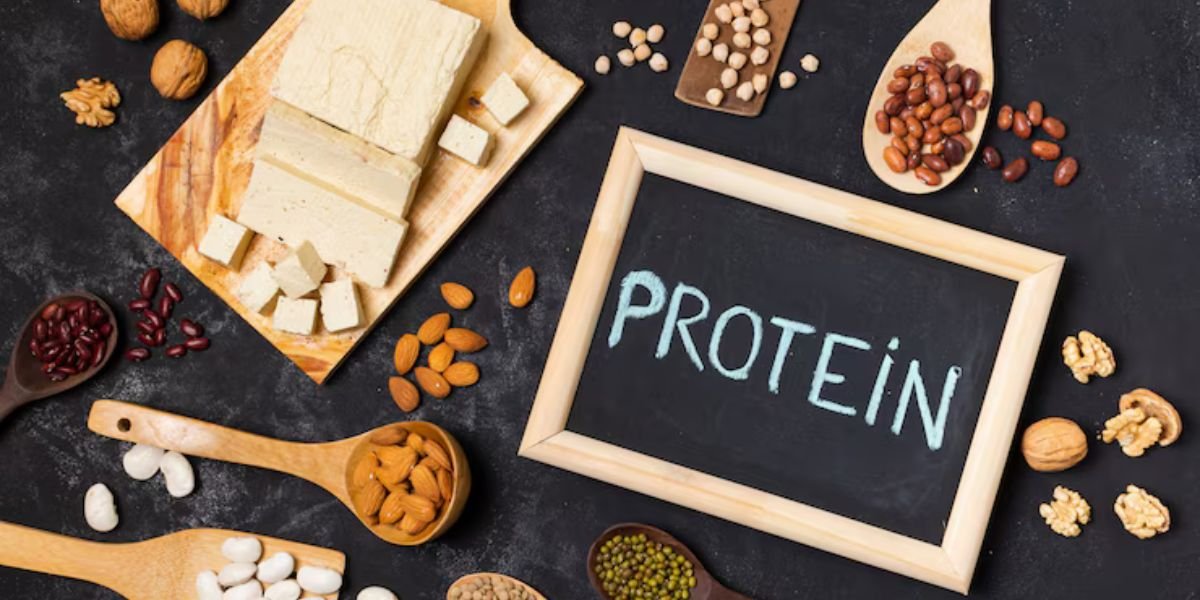Protein degradation is a major challenge in biotechnology and pharmaceutical production, potentially resulting in significant product loss and reduced yields. What strategies minimize protein degradation during extended expression?
Key strategies include lowering expression temperature to 15-25°C, using protease-deficient host strains, and adding protease inhibitors to the culture medium.
While these core strategies are effective, there’s much more to consider when optimizing protein expression. The specific approach to recombinant protein expression you need depends on your protein of interest, the expression system, and the production scale—factors that dramatically impact which combination of techniques will work best for your particular situation.
How To Choose The Right Temperature For Your Specific Protein Expression
While the general rule of thumb suggests lower temperatures (15-25°C) for reducing protein degradation, the optimal temperature varies based on your specific protein. Soluble proteins often express well at 15°C, while membrane proteins might require temperatures around 20-25°C for proper folding. The key is to balance protein production rate with folding efficiency.
Consider running small-scale expression trials at different temperatures (15°C, 20°C, and 25°C) and analyzing protein yield and quality. Monitor not just the total protein amount but also its solubility and activity to determine the sweet spot for your specific case.
Which Host Strain Is Best For Minimizing Protein Degradation?
Selecting the right host strain is crucial for protein stability. Protease-deficient strains like BL21(DE3) are popular choices for E. coli expression systems, as they lack key proteases that could degrade your protein of interest. For more challenging proteins, consider specialized strains like Rosetta or Origami, which are designed to handle proteins requiring rare codons or specific folding conditions.
It’s also worth exploring eukaryotic expression systems like yeast or mammalian cells if your protein requires post-translational modifications or has complex folding requirements that bacterial systems can’t handle.
When Should You Add Protease Inhibitors, and Which Ones Work Best?
Timing the addition of protease inhibitors is critical for their effectiveness. While some researchers add them during cell lysis, others include them in the culture medium during expression. Adding inhibitors during lysis is usually sufficient for intracellular proteins, but secreted proteins might benefit from inhibitors in the growth medium.
Choose your protease inhibitors based on your expression system and protein characteristics. EDTA works well for metalloproteases but should be avoided if your protein requires metal ions for stability. PMSF is effective against serine proteases but has a short half-life in aqueous solutions. Consider using commercial protease inhibitor cocktails that provide broad-spectrum protection when you’re unsure about specific protease threats.
How Do Growth Media Components Impact Protein Stability?
The composition of your growth medium plays a crucial role in protein stability during extended expression. Rich media like LB broth can lead to faster growth and higher protein yields but may also increase protease activity. Defined media, while potentially resulting in slower growth, often provide better protein expression and stability control.
Consider supplementing your media with specific additives that can enhance protein stability. Glycine betaine and sorbitol can act as chemical chaperones, helping proteins maintain their proper folding. Optimizing the carbon source and nitrogen content can help balance growth rate with protein production and stability.
What Role Do Post-Expression Storage Conditions Play?
Even after successful expression, improper storage conditions can lead to significant protein degradation. Temperature, pH, and buffer composition all play critical roles in maintaining protein stability during storage. Keeping proteins at 4°C in appropriate buffers with stabilizing agents can be sufficient for short-term storage.
Consider flash-freezing aliquots in liquid nitrogen for longer-term storage and storing at -80°C. Adding cryoprotectants like glycerol (typically 10-20%) can help prevent freeze-thaw damage. Always avoid repeated freeze-thaw cycles, which significantly impact protein stability and function.
Consider implementing a quality control system to check stored protein samples for degradation regularly. This might include running periodic SDS-PAGE gels or activity assays to ensure your storage conditions maintain protein integrity over time.
Conclusion
Before implementing these strategies in your expression system, conduct a small-scale temperature optimization study. Set up three parallel expressions at 15°C, 20°C, and 25°C, analyzing both protein yield and quality at each temperature point. This initial optimization will give you a solid foundation for implementing other stability-enhancing strategies and save you time and resources in the long run.
















